Bryson’s Bombs – Boosting Golf’s Box Office
His drives at Bay Hill provided pure entertainment and a display of excellence


Bryson DeChambeau’s incredible drives at Bay Hill provided pure entertainment and a display of sporting excellence attracting wider coverage for the game.
Bryson’s Bombs – Boosting Golf’s Box Office
From the moment Bryson suggested he might attempt to (kind of) drive the par-5 6th green at Bay Hill in practice last week, the sporting world’s interest was piqued.
Videos, columns, comments, tweets… The mere suggestion of a 340-yard plus carry triggered a huge wave of interaction and interest that transcended our game – News and general sports pages picked up on the story and followed it through the tournament.
Inevitably, the suggestion and subsequent completion (twice) of Bryson’s “short cut” stimulated further debate and discussion about distance and the need to curtail it at the game’s top level.
For certain, it provided a clear indication of just how far the power game has progressed in recent years – This was a risk/reward shot that wouldn’t have been considered by anyone in a top professional field a few years ago.
Even last week though, that shot was only considered by one person. Only Bryson could generate the necessary club and ball speed, plus have the self-belief and sheer guts, to attempt such a carry.
Get the Golf Monthly Newsletter
Subscribe to the Golf Monthly newsletter to stay up to date with all the latest tour news, equipment news, reviews, head-to-heads and buyer’s guides from our team of experienced experts.
It was only possible in the right conditions and was hugely risky. A gust of wind in the wrong direction or a slight miscue could have seen a splashdown and left DeChambeau scratching his head on what to do next.
But he gambled and won, earned some serious kudos and went on to win what, even without those couple of history-making drives, was a hugely exciting golf tournament.
Afterwards, there were the usual dissenting voices on courses being overpowered and the game becoming one-dimensional.
But the tournament at Bay Hill actually showcased why this is not the case – DeChambeau displayed all-round excellence to claim victory. His accuracy, his shot-making and his putting were all superb.
Lee Westwood, aged 48 now, pushed Bryson all the way – He may not have the power of the American, but he’s one of the best drivers in the history of the game and his precision play at Bay Hill showed there remains very much more than one way to successfully negotiate a championship golf course.
After the final round, Westwood was asked about Bryson’s power game.
"It's great to watch, I like it," he said. "I think golf's in a good place. I don't know why everybody is panicking about it, I think it's exciting to watch right now, there's a lot of different combinations.”
And with regards those audacious “Bryson bombs”, how could one not be entertained? It seemed from news coverage and feedback that the vast majority were.
The image of a player standing up and pointing in a, seemingly crazy direction, trying to blast a ball over 340 yards of open water was like a scene from Happy Gilmore – Pure Box Office.
And Bryson’s reaction when he let fly on Saturday said it all – The double fist pump towards the target that joyfully exclaimed – “I knew I could do it.”
Top level professional golf is all about entertainment. It wouldn’t survive if it didn’t provide it.
Arnie, Seve, Tiger, Phil – All have been great showmen who wowed the crowds with physical brilliance that, pretty much, nobody watching could even contemplate replicating.
Bryson follows in that tradition of excitement and entertainment. He has trained his body and honed his skills to be able to deliver precise and powerful golf shots that leave spectators open mouthed and starry eyed.
In any sport, fans like to see the top protagonists push the boundaries.
In athletics, fans want to see world records tumble. In alpine skiing, spectators want more spins off jumps, more speed in the downhill.
And human nature is such that those who compete will always strive to do better… To win!
When you see a golfer like Bryson exploring every avenue for how he can do that, producing shots that would have previously been considered impossible; isn’t that simply moving the sport forward?
The governing bodies aren’t totally convinced. In their Distance Insights Project released in February 2020, the R&A and USGA suggested increased hitting distances are detrimental to the future of the game.
In early February of this year it was announced, as the next step of their work into distance insights, that they would be looking at three equipment change options, including limiting maximum club length and modernising testing procedures.
There clearly remains a desire at a high level to make changes to limit the importance of the power game.
Of course, there are other options than simply changing equipment rules. Looking more at course design and set-up to reward accuracy over distance is perhaps foremost amongst these.
But perhaps the governing bodies need to consider whether they’ve misjudged the public mood on the distance debate?
Is it the right thing to pursue when men’s tournament golf appears to be in such a good place?
The top of the World Ranking is filled with young, exciting players who display a range of skills and strengths.
As an example, Collin Morikawa who won the WGC event a week plus back, is ranked 125th in driving distance on the PGA Tour but excels through his supremely consistent approach play.
With such excitement surrounding Bryson and the other young stars of world golf right now, perhaps the focus should be on seeing what they can achieve and how far they can push the boundaries of what’s possible in golf.
As displayed by the swell of interest in “Bryson’s bombs.” Embracing his (and others’) efforts to excel and move forwards can inspire youngsters and those currently outside of golf to take an interest in our sport in order to grow the game… That’s what we’re all aiming for, right?

Fergus is Golf Monthly's resident expert on the history of the game and has written extensively on that subject. He has also worked with Golf Monthly to produce a podcast series. Called 18 Majors: The Golf History Show it offers new and in-depth perspectives on some of the most important moments in golf's long history. You can find all the details about it here.
He is a golf obsessive and 1-handicapper. Growing up in the North East of Scotland, golf runs through his veins and his passion for the sport was bolstered during his time at St Andrews university studying history. He went on to earn a post graduate diploma from the London School of Journalism. Fergus has worked for Golf Monthly since 2004 and has written two books on the game; "Great Golf Debates" together with Jezz Ellwood of Golf Monthly and the history section of "The Ultimate Golf Book" together with Neil Tappin , also of Golf Monthly.
Fergus once shanked a ball from just over Granny Clark's Wynd on the 18th of the Old Course that struck the St Andrews Golf Club and rebounded into the Valley of Sin, from where he saved par. Who says there's no golfing god?
-
 JM Eagle LA Championship Prize Money Payout 2025
JM Eagle LA Championship Prize Money Payout 2025The LPGA Tour heads to California for the JM Eagle LA Championship, where the largest prize money payout of the season so far is on the table
By Mike Hall
-
 Corales Puntacana Championship Prize Money Payout 2025
Corales Puntacana Championship Prize Money Payout 2025The PGA Tour’s latest opposite field event features an attractive prize money payout and some former champions in the field
By Mike Hall
-
 Rory McIlroy Gym Routine... Revealed!
Rory McIlroy Gym Routine... Revealed!In this Rory McIlroy Gym Routine article we discover how the Northern Irishman keeps himself so fit
By Neil Tappin
-
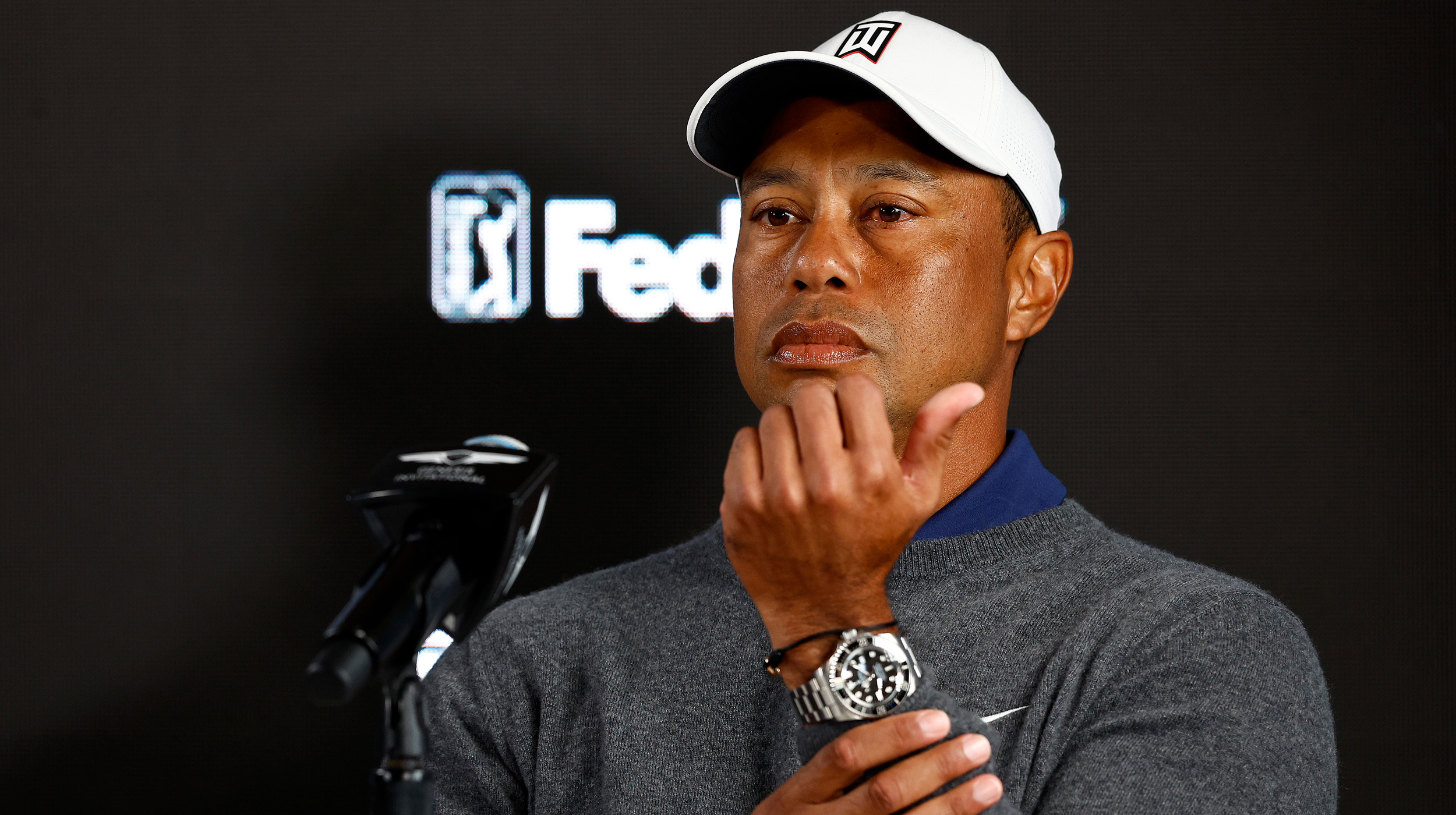 What Is Tiger Woods' Net Worth?
What Is Tiger Woods' Net Worth?Tiger Woods became the first billion dollar athlete in 2009
By Elliott Heath
-
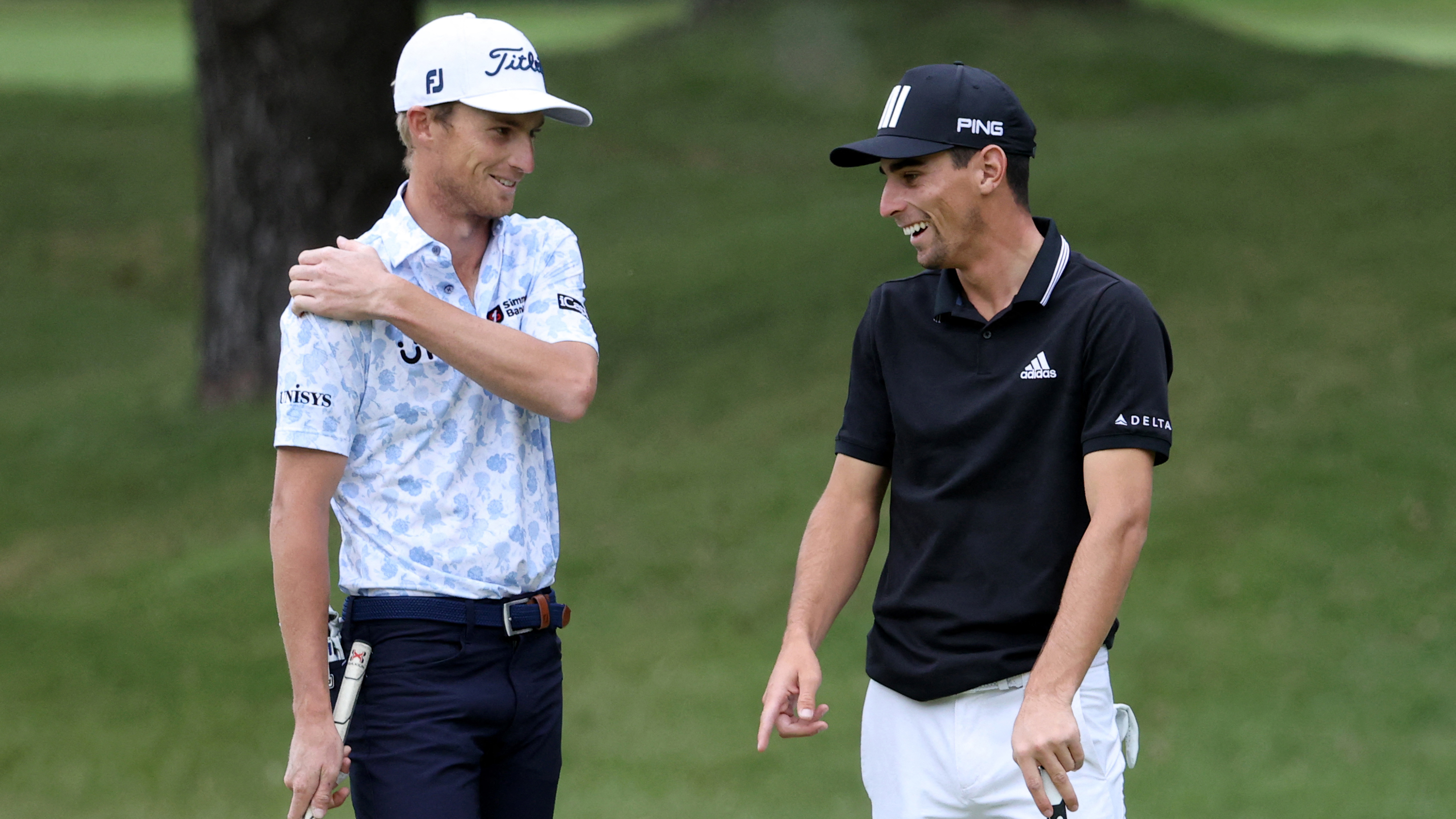 Five Outsiders Who Could Win The Masters
Five Outsiders Who Could Win The MastersWe consider five players who might surprise the favourites and claim victory at Augusta
By Fergus Bisset
-
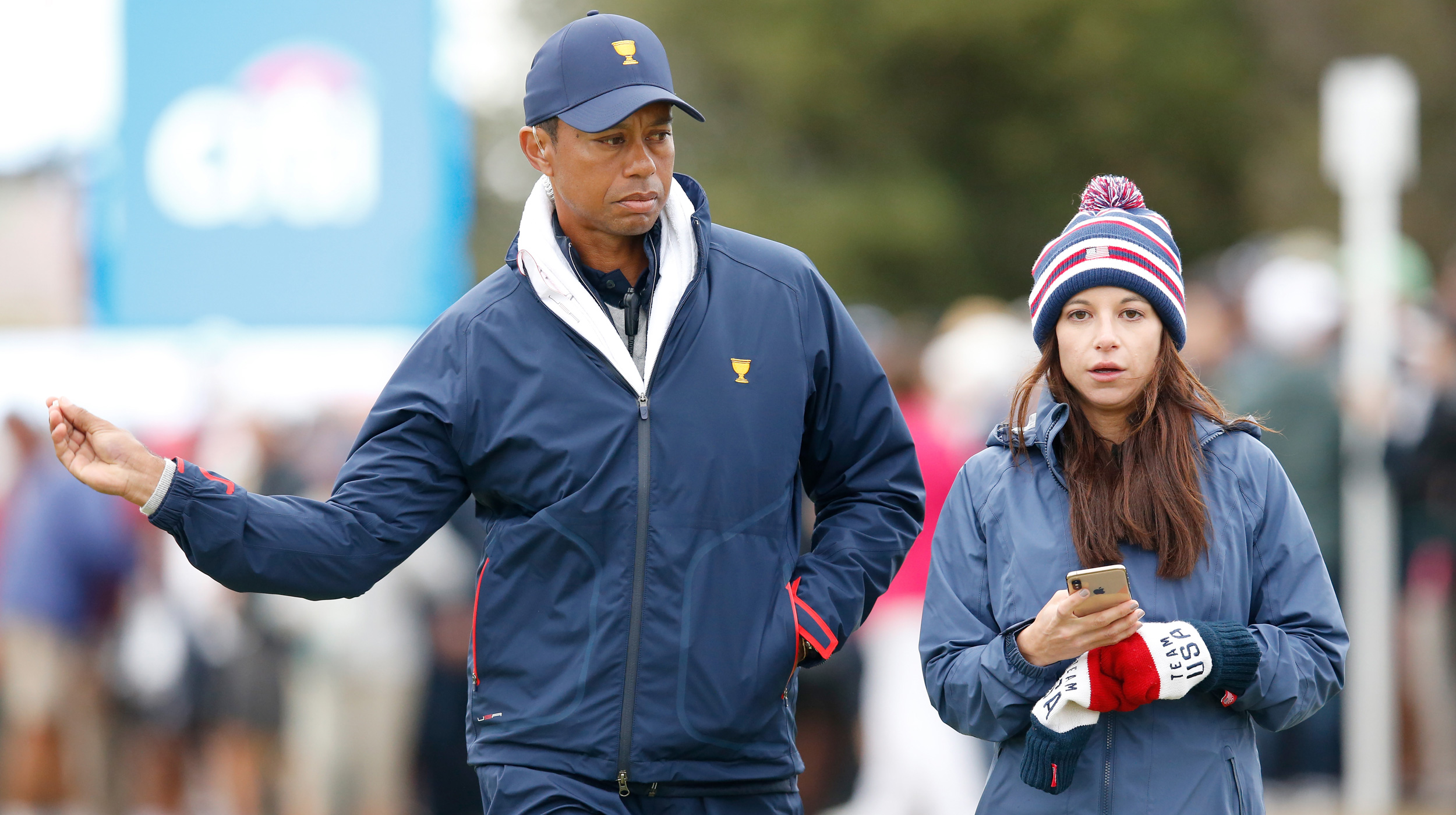 Who Is Tiger Woods’ Girlfriend?
Who Is Tiger Woods’ Girlfriend?Find out more on who the American professional golfer is going out with here.
By Matt Cradock
-
 Bermuda Championship Golf Betting Tips 2021
Bermuda Championship Golf Betting Tips 2021Who is the GM Tipster backing to win this week in Bermuda?
By Jeremy Chapman
-
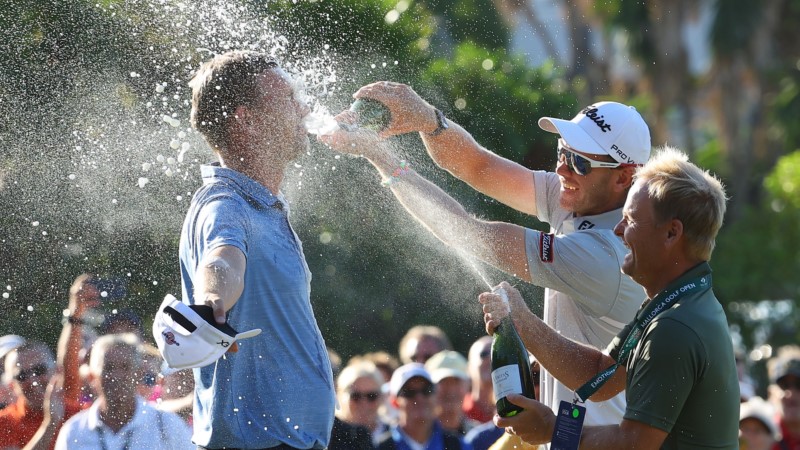 Jeff Winther Claims Maiden European Tour Title
Jeff Winther Claims Maiden European Tour TitleJeff Winther Claims Maiden European Tour Title
By Matt Cradock
-
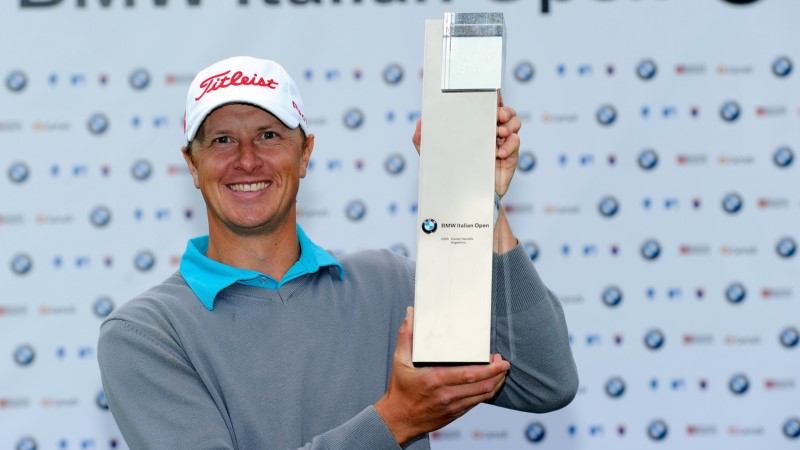 Fredrik Andersson Hed Passes Away Following Battle With Cancer
Fredrik Andersson Hed Passes Away Following Battle With CancerFredrik Andersson Hed Passes Away Following Battle With Cancer
By Matt Cradock
-
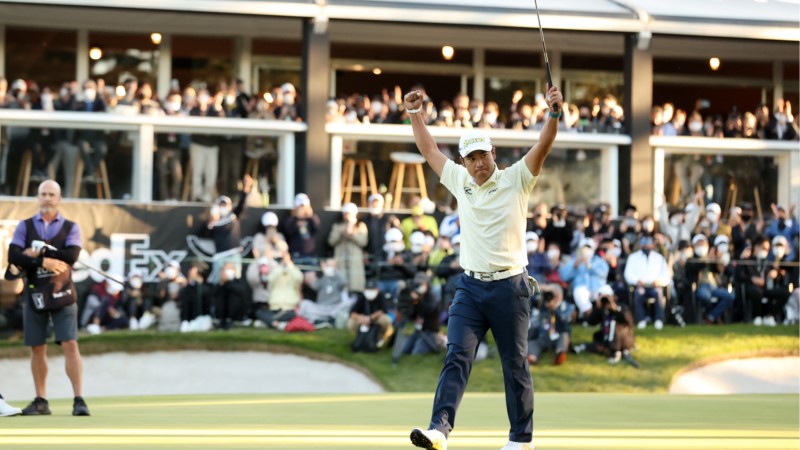 Hideki Matsuyama Claims Zozo Championship On Home Soil
Hideki Matsuyama Claims Zozo Championship On Home SoilHideki Matsuyama Claims Zozo Championship On Home Soil
By Matt Cradock